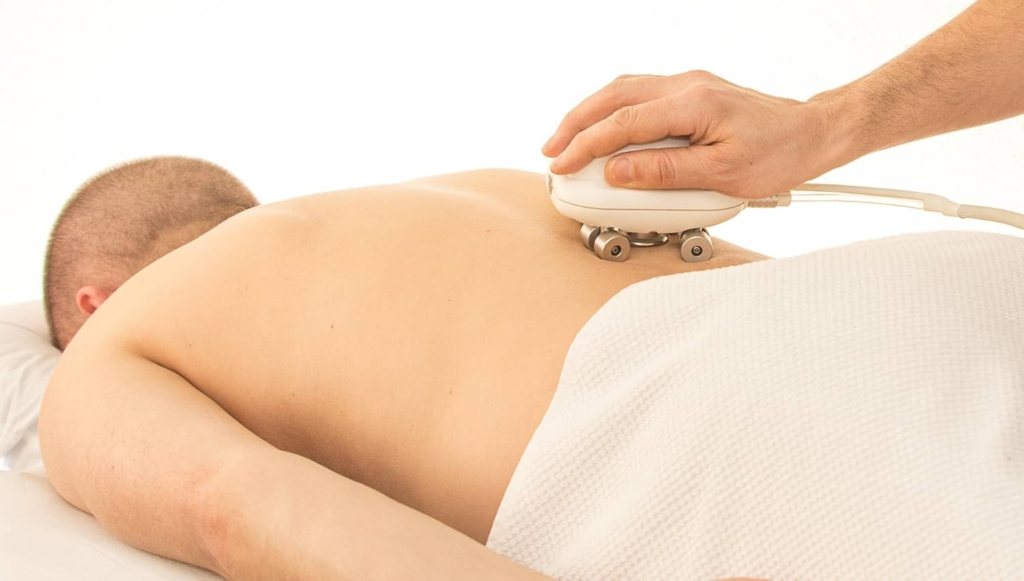Asian massage refers to touch-based therapy originating from Japan, China, India, and other parts of Asia. These techniques can help you manage pain, become more flexible, and control stress, among other benefits. Here are five different types of this massage:
Contents
Korean Massage
During Korean massage, a masseuse applies pressure to different parts of your body to lessen pain and improve energy flow. Using hands, elbows, and fingers, a massage therapist kneads and taps your shoulders, back, and legs to release tension. The masseuse also uses slow strokes to work on deeper layers of your muscles and tissues, alleviating chronic pain.
Korean massage also entails stretching your limbs and muscles to help you become more flexible and relaxed. A therapist guides you in stretching and uses their hands to support and extend the flex to cover different areas. To stimulate blood circulation and promote healing, a specialist can use a tool or their hands to pat your body.
Thai Massage
This Asian massage is performed with or without oil, depending on your preference and therapeutic goals. Oils or lotions nourish your skin and reduce friction, allowing you to enjoy a pleasant massage session. If a massage professional works without oil, they focus on applying pressure directly on your skin to alleviate stiffness in your muscles.
When getting a Thai massage, you lie down on a firm mat or mattress on the floor to allow a professional to stretch you effectively. Sessions may include yoga-like positions with bending and twisting to improve joint mobility. A therapist may use their feet to compress larger areas of the body, clearing energy blockages in sections that hands might not reach.
Japanese Massage
This type of massage comes in different styles and methods to help you relax and promote your overall well-being. Professionals use palms, fingers, and thumbs to rub and manipulate different parts of your body to enhance your range of motion. They also soak a client’s feet in herb-infused water and then knead the feet to reduce fatigue and ease discomfort from prolonged standing.
Japanese massage also involves light touching and holding certain parts of the body to balance energy flow and aid healing. A massage therapist can rock your body back and forth or side to side to loosen tightness in your back or neck. By applying rhythmic pressure on specific points of the head, some clients can experience relief from constant headaches.
Ayurvedic Massage
Ayurvedic massage uses warm herbal oils to moisturize and soothe your skin, promoting overall wellness and relaxation. Instead of one oil, this treatment utilizes multiple, like sesame, coconut, and almond, depending on the area being massaged. With the help of long, flowing strokes, a therapist administers consistent pressure on your muscles to improve circulation. The professional also uses circular motions around your shoulders to reduce tension buildup in this area. If you prefer medium pressure and a specific type of oil during your session, you can inform your therapist to suit your needs.
Tui Na Massage
Tui Na, which means pinch and pull in Chinese, involves working on muscles and tendons to release tension. A qualified therapist uses their hands to push and pull along the muscle to move energy through your body. By rubbing and tapping your skin, a masseuse helps warm the muscles and relax the body. This massage also involves bending joints to enhance the range of motion in the affected areas. Tui Na may also involve quick, small movements that reduce mental and physical stress.
Book an Appointment for Asian Massage
When you want to relax, a good massage session can re-energize your mind and body. Qualified massage therapists use different techniques and pressure levels to customize your treatment for your needs. Call a spa today to schedule an appointment for an Asian massage.



